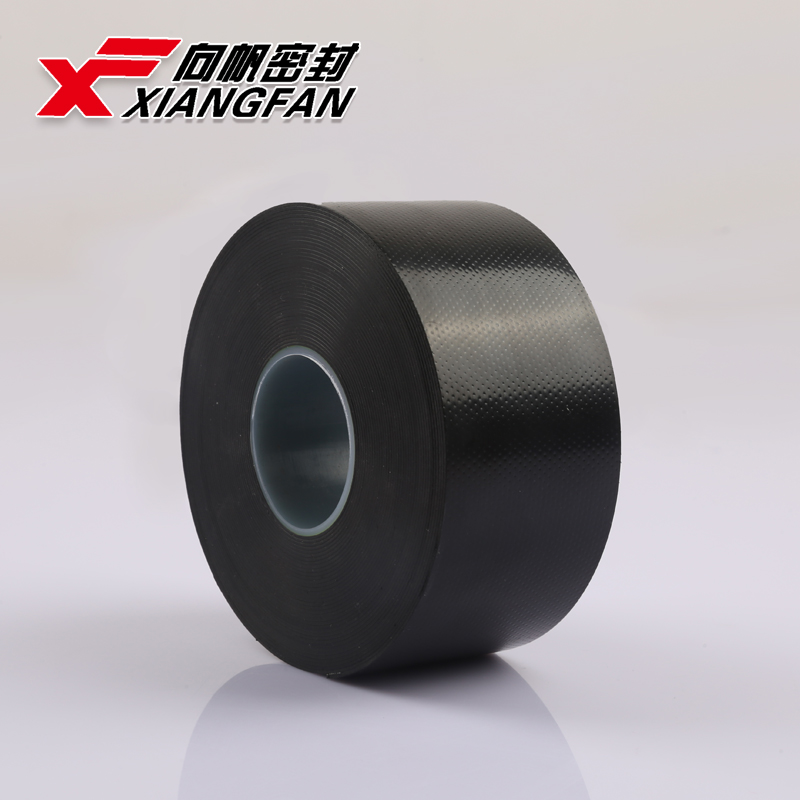Understanding Butyl Tape and Rubber Glue A Comprehensive Guide
Butyl tape and rubber glue are essential materials widely used in construction, automotive, and manufacturing sectors. These versatile adhesive products are renowned for their exceptional bonding capabilities, longevity, and resistance to environmental factors. In this article, we will explore the characteristics, applications, and advantages of butyl tape and rubber glue.
What is Butyl Tape?
Butyl tape is a type of adhesive tape made from butyl rubber, a synthetic rubber that is known for its excellent waterproofing and adhesion properties. This tape is typically black and has a pliable, sticky surface that allows it to form a strong bond with various materials, including metals, plastics, and wood. Its primary function is to seal joints and gaps, making it a popular choice in roofing, automotive, and construction projects.
Applications of Butyl Tape
Butyl tape is incredibly versatile and can be used in a variety of applications. In the construction industry, it is commonly used for sealing roofs, windows, and doors to prevent water intrusion. It also serves as an effective barrier against air leaks, contributing to energy efficiency in buildings.
In automotive applications, butyl tape is used in the installation of windshields and weatherproofing doors. Its flexibility and resistance to extreme temperatures make it ideal for these environments. Additionally, butyl tape is utilized in manufacturing for waterproofing and sound-dampening purposes.
What is Rubber Glue?
butyl tape rubber glue

Rubber glue, also known as rubber adhesive, is a type of adhesive that is designed specifically for bonding rubber and other materials. It is formulated to create a strong, flexible bond that can withstand stress and movement. Rubber glue is available in various forms, including liquid, paste, and spray, making it suitable for different applications.
Applications of Rubber Glue
Rubber glue is primarily used in the automotive and footwear industries, where it bonds rubber components to each other and to different materials. In automotive manufacturing, it is employed for assembling tires, sealing engine components, and attaching rubber parts. In the footwear industry, it is commonly used to attach soles to shoes, ensuring durability and flexibility.
Advantages of Butyl Tape and Rubber Glue
Both butyl tape and rubber glue offer several advantages over traditional adhesives. Their waterproof properties make them ideal for outdoor use, ensuring long-lasting performance even in harsh weather conditions. They are also resistant to UV rays, chemicals, and temperature fluctuations, making them reliable for various applications.
Furthermore, butyl tape is easy to apply and requires no additional tools or equipment. Similarly, rubber glue allows for adjustments during the initial application, ensuring precise alignment before setting. These user-friendly characteristics enhance efficiency and effectiveness across projects.
Conclusion
In summary, butyl tape and rubber glue are indispensable tools in various industries, offering superior bonding capabilities, durability, and versatility. Whether you are sealing a roof, installing a windshield, or bonding rubber parts in manufacturing, these adhesive materials provide reliable solutions that stand the test of time. With their unique properties and wide-ranging applications, butyl tape and rubber glue continue to play a vital role in ensuring quality and longevity in products and structures.
-
XIANGFAN Rubber Tape-Ultimate Solutions for All Your Insulation NeedsNewsJun.24,2025
-
XIANGFAN Rubber Tape-Protection for Industrial and Residential ApplicationsNewsJun.24,2025
-
XIANGFAN Rubber Tape: Superior Safety and Sealing for Demanding EnvironmentsNewsJun.24,2025
-
XIANGFAN Rubber Tape: Reliable Solutions for Every Electrical ChallengeNewsJun.24,2025
-
XIANGFAN Electrical & Industrial Tape: Powering Reliability Across IndustriesNewsJun.24,2025
-
XIANGFAN Electrical & Industrial Tape: Excellence in Every ApplicationNewsJun.24,2025
